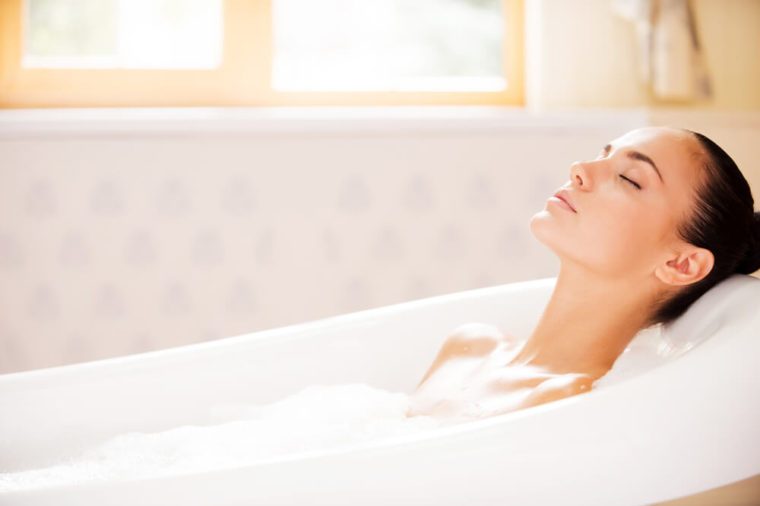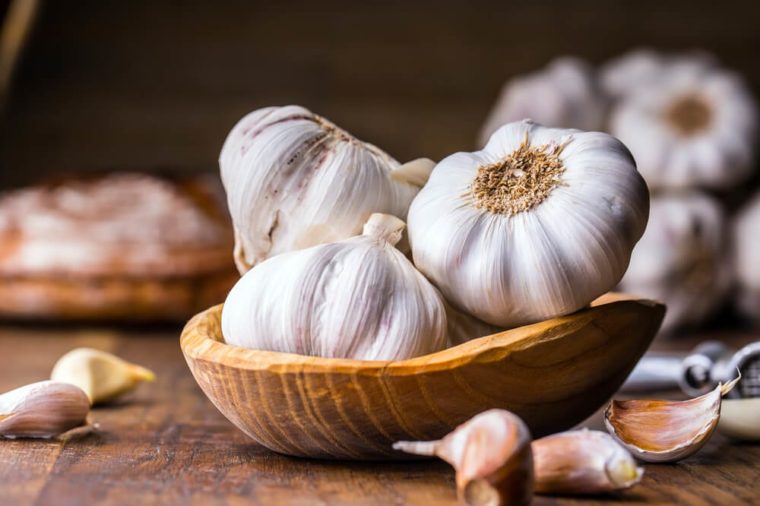What is a yeast infection?

A yeast infection occurs when there’s an overgrowth of the fungus Candida albicans in your vagina—while it naturally lives there, too much of it triggers irritation, inflammation, itching, and discharge. They’re uncomfortable but easily treatable and very common: Mayo Clinic estimates that three out of four women will experience one in their lifetime. The standard course of treatment is an antifungal medication (available as creams, ointments, tablets, and suppositories); some home remedies may help lessen symptoms or prevent an infection from taking hold, but more research needs to be done to definitively support their effectiveness. Always see a doctor to confirm you have a yeast infection and not a sexually transmitted infection, which may have similar symptoms. These everyday habits could put your vaginal health at risk.
Yogurt
Some studies suggest that eating a daily eight-ounce serving of yogurt with “live cultures” or taking a Lactobacillus acidophilus capsule each day may help prevent infection, but larger studies need to be done to assess exactly how effective probiotics may be at preventing or treating yeast infections, according to the Office on Women’s Health, U.S. Department of Health and Human Services. Try plain Greek yogurt without a lot of sugar, since the sweetener fuels C. albicans growth.
Oregano oil
Several studies suggest that oregano oil has antifungal and antimicrobial properties that may help halt the growth of C. albicans, or keep it at bay. Thecandidadiet.com suggests drinking a liquid tincture made of three drops of oregano oil in water, daily.
A warm bath

Sitting in a bath of warm water may help soothe vaginal pain or itching; but avoid hot tubs, which often contain chemicals that could further irritate the area.
Loose clothing
Avoid tight underwear, leggings, or pants, which aren’t breathable—this promotes moisture and increases the temperature of your genital area, making it a breeding ground for bacteria and fungus. Find out what you vagina wants you to know.
Apple cider vinegar
Soaking for 20 minutes in a lukewarm bath spiked with a half cup of apple cider vinegar may help eliminate bacteria, according to healthline.com. Here are more reasons to try an apple cider vinegar bath.
A cool, damp cloth
Applying a cloth dipped in cool water to the vaginal area may soothe irritating itchiness—but refrain from rubbing or itching to provide relief, as this can make things worse, says WebMD.
Ban sugar
Since yeast thrives on sugar, avoid it as much as possible. That means home-cooked meals versus processed foods or take-out, so you can better control exactly how much sugar you’re consuming. These are signs you might be eating too much sugar.
Garlic

Though human studies are lacking, garlic has been shown in some lab studies to halt the growth of bacteria and fungus, due to its natural antimicrobial properties. Still, it can’t hurt to add a little extra to your diet if you’re prone to yeast infections or while you’re in the throes of one. But avoid the online advice you might read about placing a raw garlic clove in your vagina: There’s definitely no scientific proof that it works, and it may actually induce more burning or irritation.
A balanced diet
Boosting your immune system can help it ward off infections in general. Besides lean protein and whole grains, stack your diet with nutrient-rich fruits and veggies high in vitamin C and antioxidants. Think citrus, berries, leafy greens, red bell peppers, or green tea. Find out more about the best foods for a healthy vagina.
The post 9 Natural Home Remedies for Yeast Infections appeared first on Reader's Digest.
from Reader's Digest http://ift.tt/2E2xVV2
ليست هناك تعليقات:
إرسال تعليق